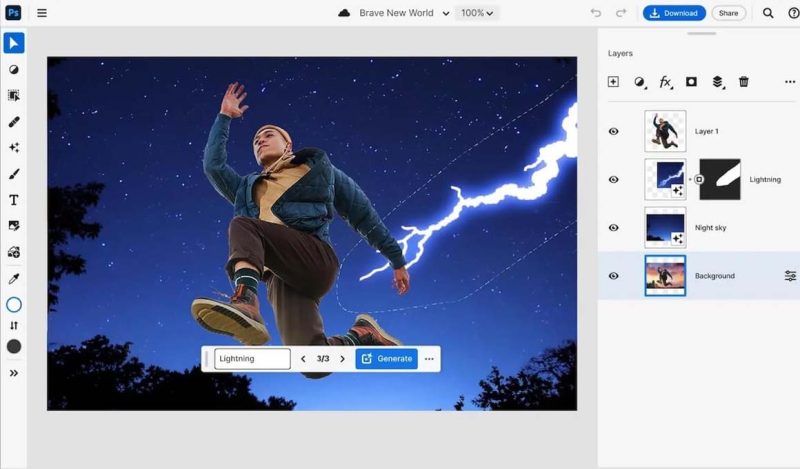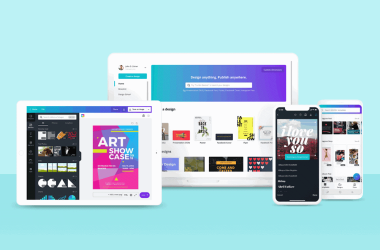In the intricate tapestry of professional photo editing, user stories unfold uniquely, guided by individual preferences, demands, and creative aspirations. Professionals across diverse fields, from photographers to graphic designers, carve their paths through many photo editing software options, each chosen rooted in a distinct user story.
- The Photographer's Embrace: Capture One's Precision
Facts and Example: Professional photographers often turn to Capture One for its advanced raw photo processing capabilities and superior color grading. With features designed to meet the exacting standards of studio work, Capture One has become a staple for renowned photographers such as Martin Evening, who lauds its tethering capabilities and nuanced color grading, essential for his high-profile studio projects.
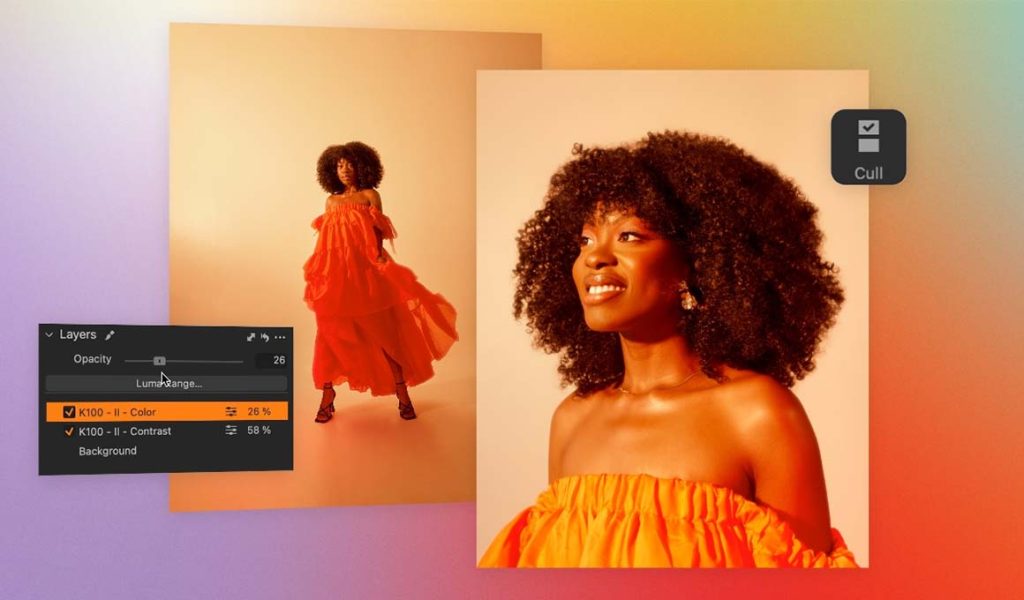
- The Budget-Conscious Designer's Triumph: Affinity Photo's Appeal
Facts and Example: Affinity Photo's one-time purchase model resonates with budget-conscious designers seeking professional-grade editing without recurring subscription fees. Recognized by industry experts, Affinity Photo received the Apple Design Award for its innovative features. It is attractive for professionals like graphic designer Elaine Giles, who values its cost-effectiveness and comprehensive toolset.
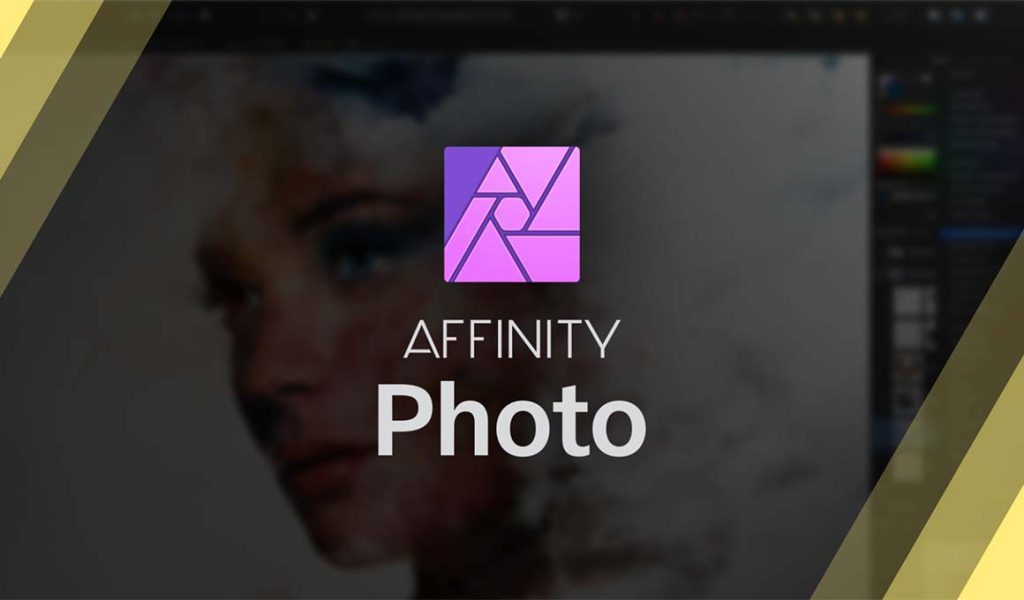
- The Open-Source Advocate's Choice: GIMP's Resilience
Facts and Example: The open-source ethos defines the user story of those committed to GIMP. Its robust feature set includes advanced photo retouching and customizable interface elements. The GIMP community, known for its active development, has attracted users like digital artist Aryeom Han, who appreciates the software's continual improvement and the freedom that open-source provides in her artistic endeavors.
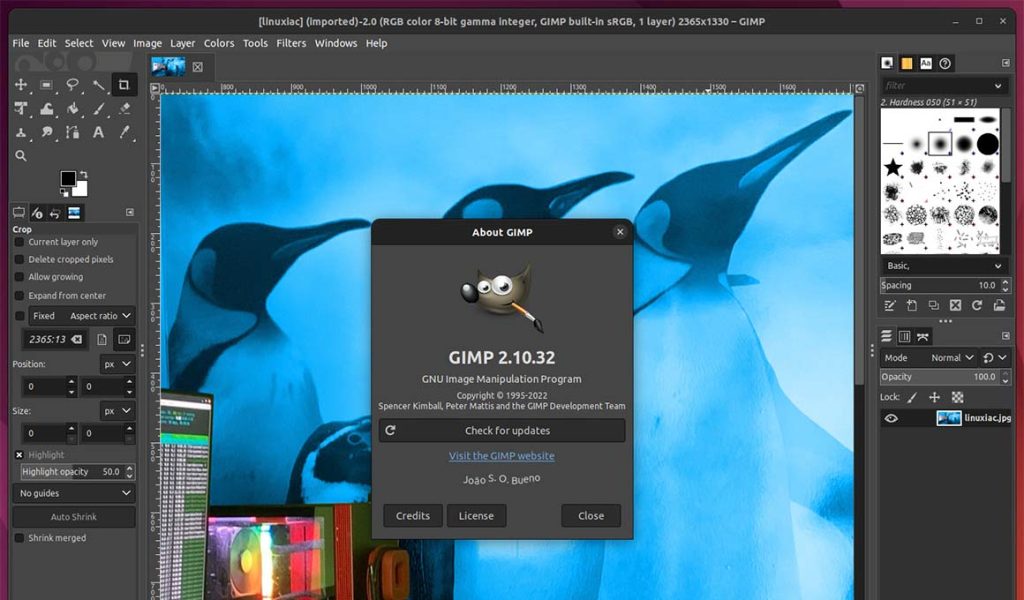
- The All-in-One Artist's Odyssey: Adobe Creative Cloud's Dominance
Facts and Example: Adobe Creative Cloud is the industry standard, with Photoshop and Lightroom leading the pack. Facts underline its dominance, with millions of creative professionals subscribing to Adobe's suite. Artists like a digital painter and concept artist Sakimichan exemplify the software's widespread use, leveraging its extensive capabilities for intricate digital artistry.
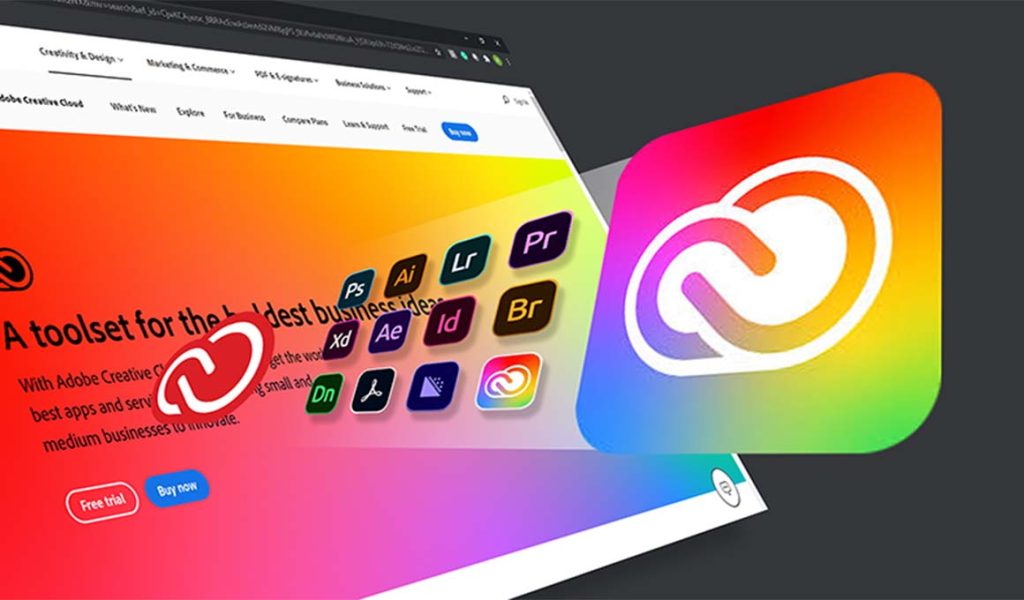
- The Maverick Explorer's Adaptability: Crafting Unique Narratives
Facts and Examples: Some professionals craft user stories by embracing various tools. Renowned photographer Trey Ratcliff is known to blend Lightroom for organization, Aurora HDR for dynamic range enhancement, and other specialized tools to create his signature HDR photography. This approach showcases the adaptability and flexibility of maverick explorers who curate their toolsets for specific needs.
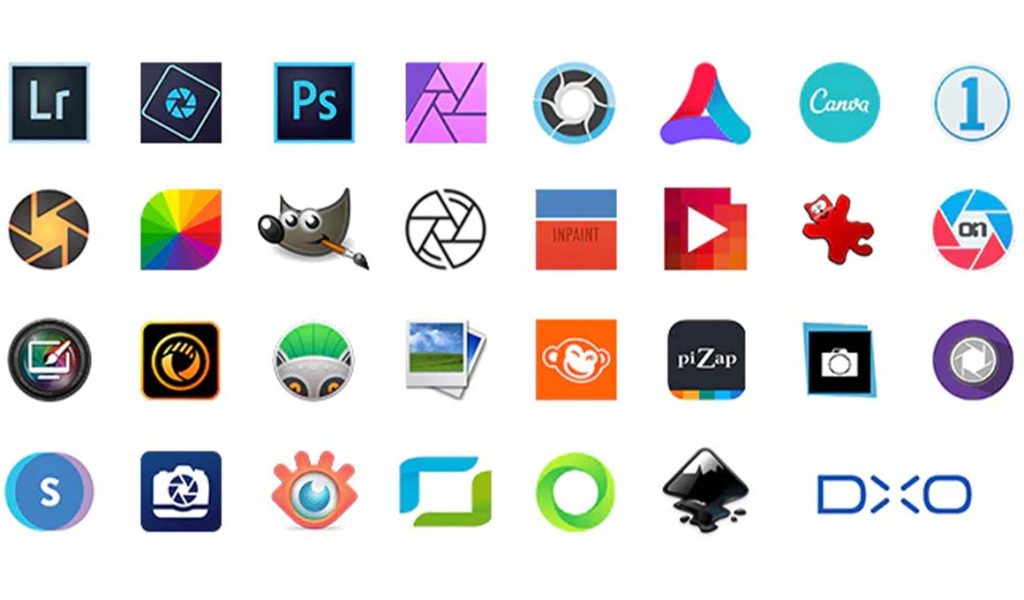
Conclusion: Informed Choices, Diverse Narratives
In photo editing software, professionals make informed choices rooted in their unique user stories. The facts and examples highlighted demonstrate that preferences align with specific needs and creative workflows. Whether it's the precision of Capture One, the affordability of Affinity Photo, the openness of GIMP, the comprehensive suite of Adobe Creative Cloud, or the adaptive approach of maverick explorers, the choice of photo editing software becomes a narrative of creativity and efficiency, tailored to the individual professional's story.




